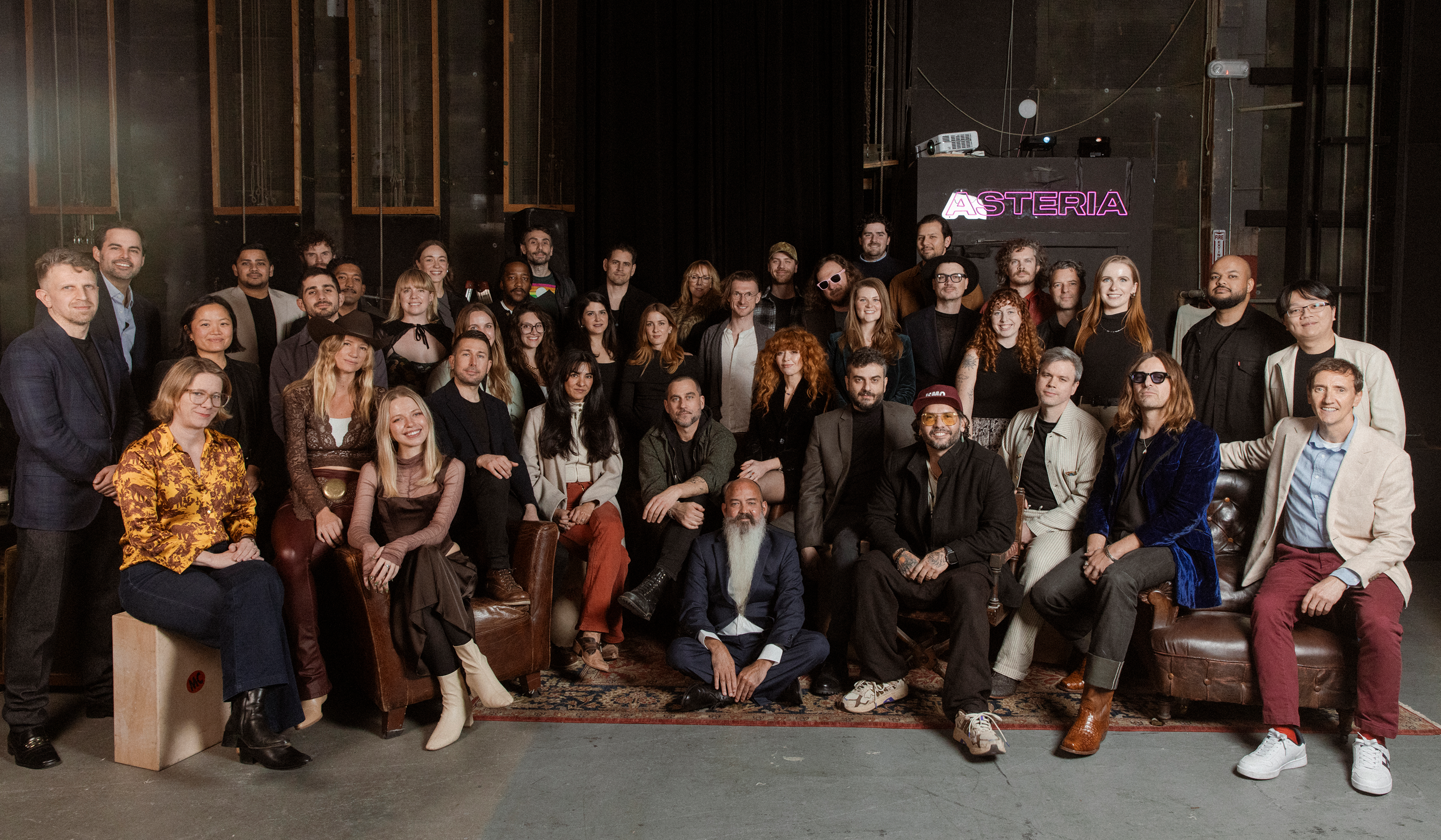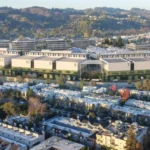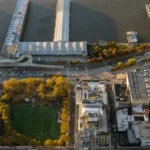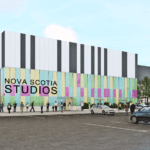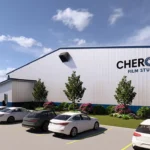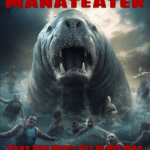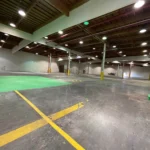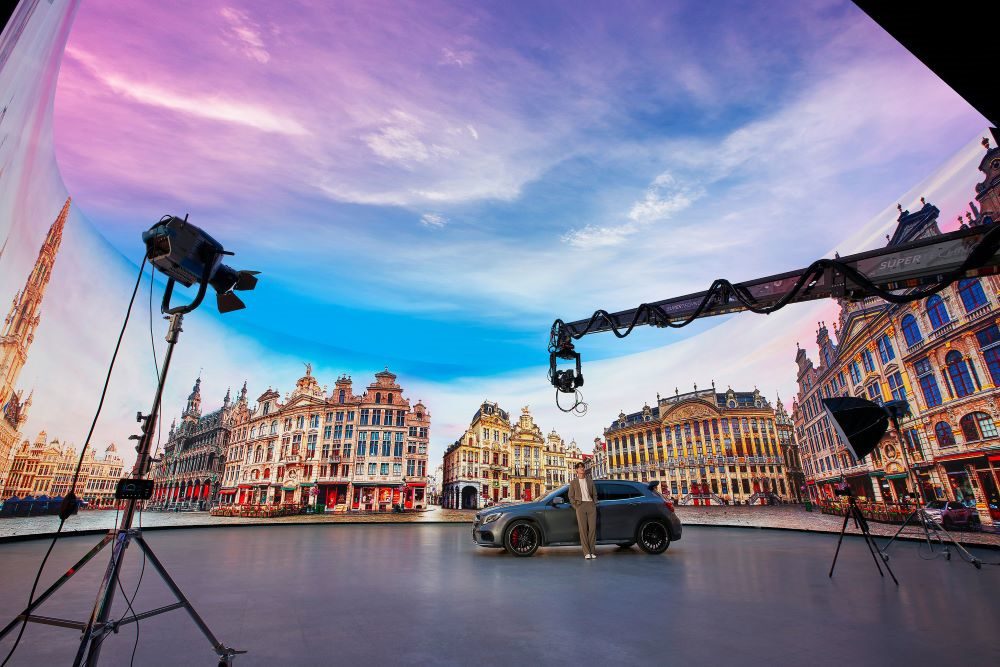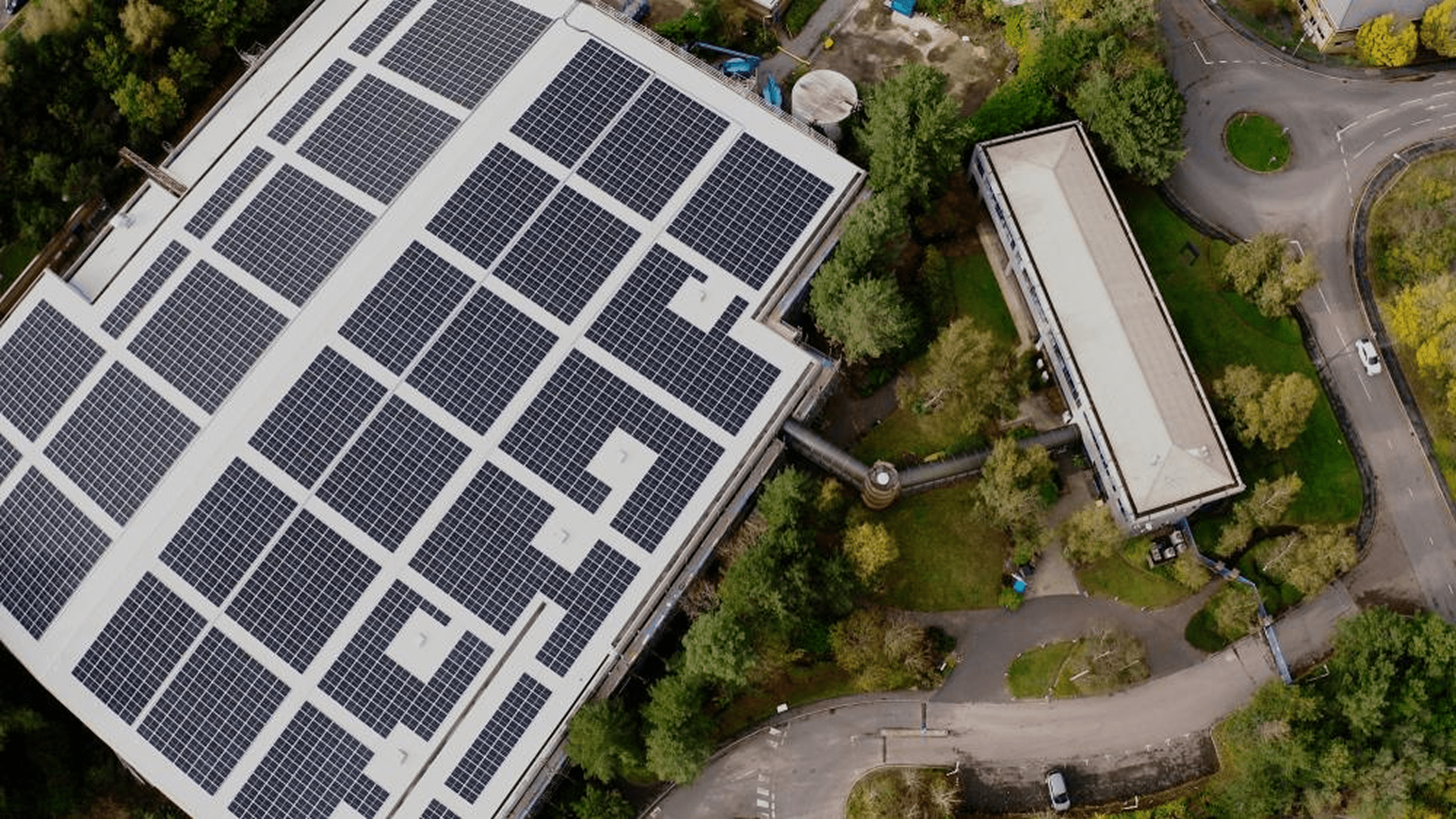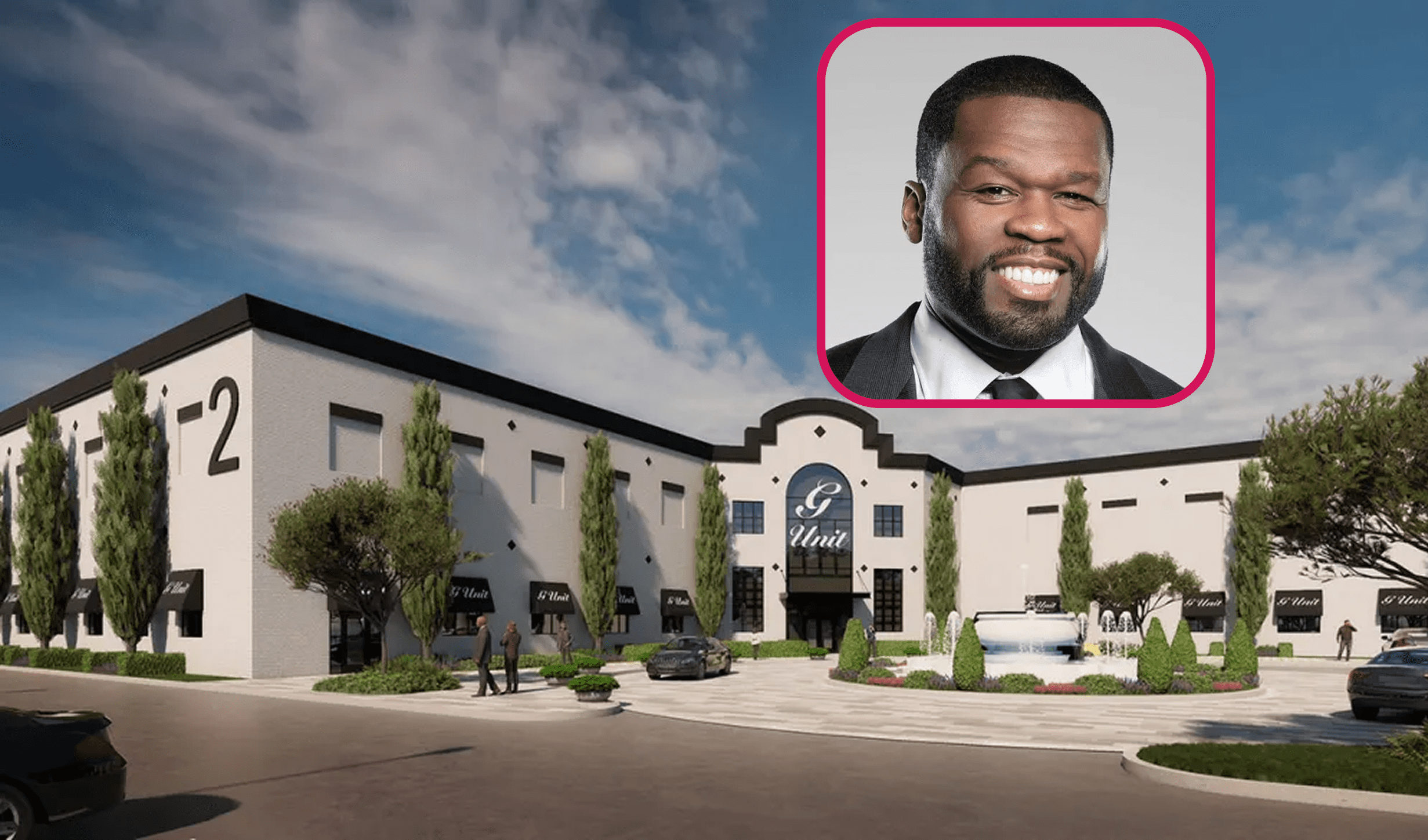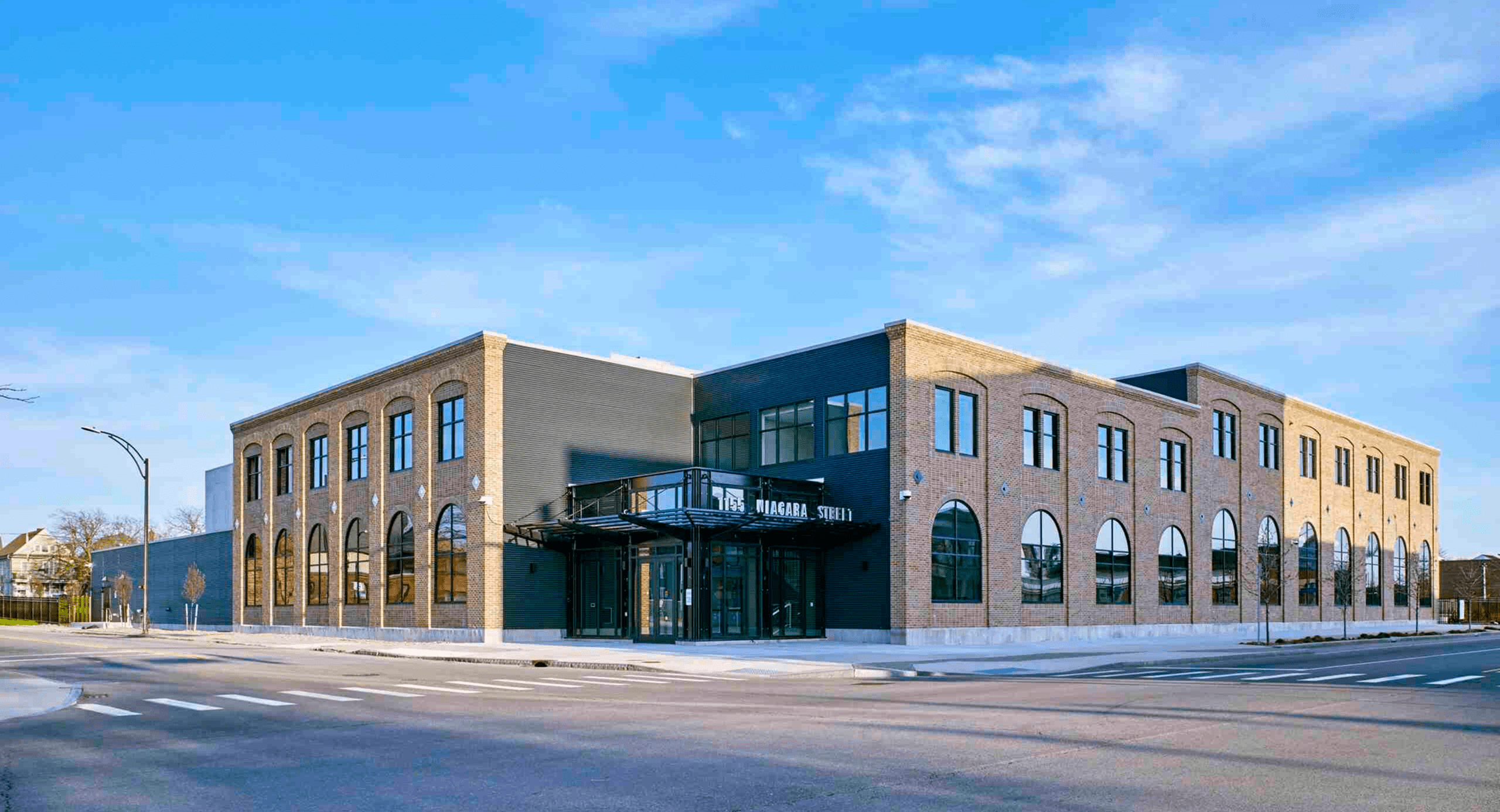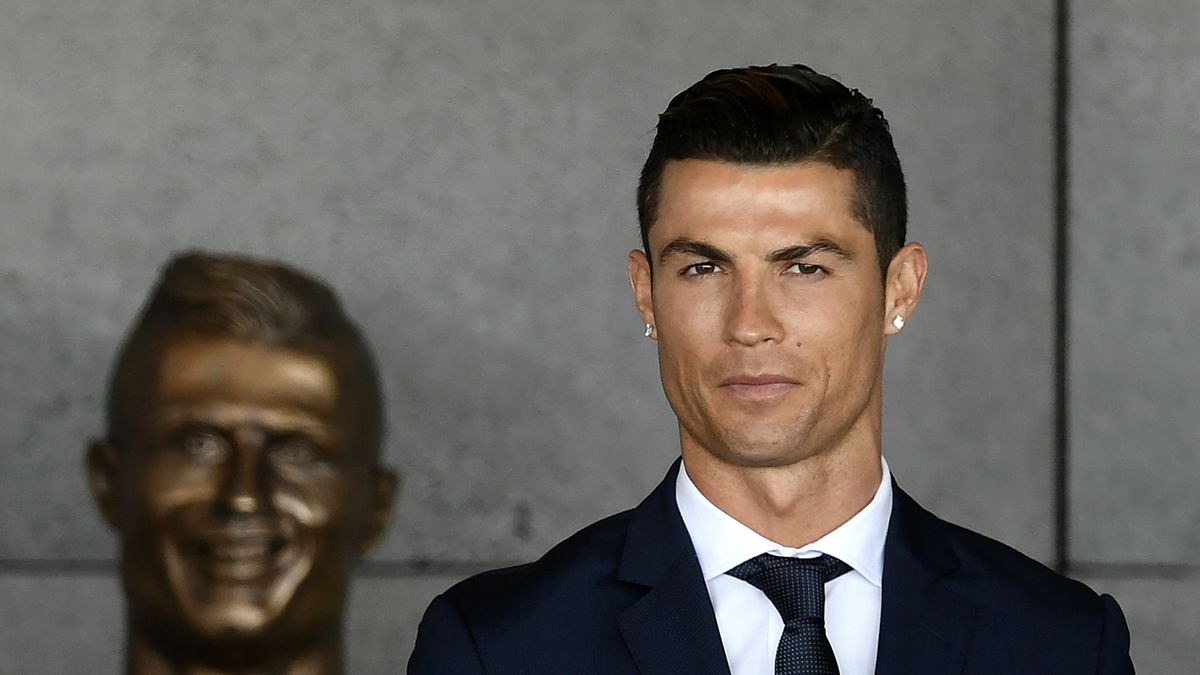Tucked into the heart of Echo Park, inside the storied Mack Sennett Studios—a century-old cathedral of cinema where Charlie Chaplin once roamed—something quietly radical is happening. On the top floor, in a sleek, sunlit workspace, a small group of artists and AI scientists are teaching machines how to imagine. Downstairs, nestled beneath the very floorboards of this experiment, are hand-painted Hollywood backdrops: faded skylines, ornate interiors, and painted desert vistas from the silent era. You don’t need to squint to see the metaphor: at Asteria, the future of Hollywood is literally being built atop its past.
Asteria AI is not another tech company parachuting into the film industry to sell buzzwords. It’s a film studio—led by Oscar-nominated filmmaker Bryn Mooser and a growing band of directors, animators, technologists, and VFX wizards—trying to answer one question: Can AI serve the artist instead of replacing them?
And perhaps more crucially: Can it do so legally, ethically, and beautifully?
“AI is a powerful tool for the future of Hollywood,” Mooser says, “but it’s not usable until a clean model is built that’s not trained on other people’s stolen data.”
That philosophy powers everything at Asteria, where the team is building Marey, a new high-definition AI video generation model in collaboration with AI research lab Moonvalley. Named after Étienne-Jules Marey, the 19th-century inventor who helped birth cinema by capturing motion in sequential images, the Marey model isn’t scraping YouTube or pirating copyrighted content to teach itself. Instead, it’s being trained exclusively on footage that’s either been licensed, commissioned, or created in-house by artists. They’ve even shot custom footage in the Mack Sennett soundstage to plug gaps in the training dataset.
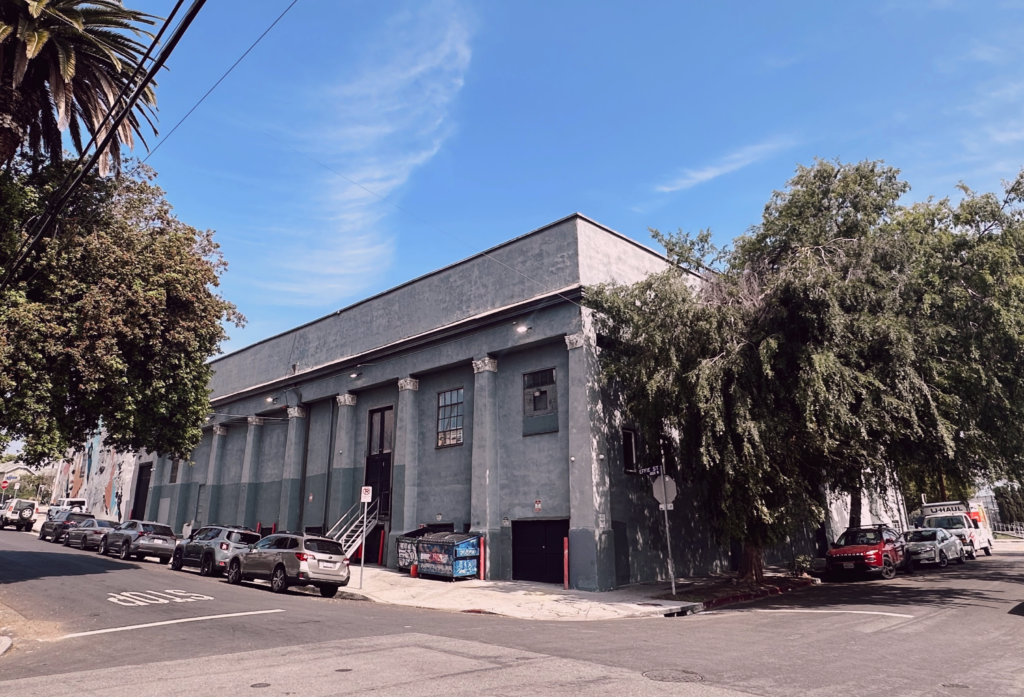
The original Mack Sennett Studios building in Echo Park, now the Asteria AI Headquarters
It’s a direct challenge to companies like Runway, Pika Labs, and OpenAI’s Sora—whose models, however powerful, were built on murky data scraped from the web. That legal ambiguity has made studio legal departments shudder. Hollywood is still smarting from recent copyright lawsuits, and the industry has been cautious, even fearful, about diving into generative AI.
That’s where Asteria sees its edge.
“Studios aren’t going to adopt AI until there’s a clear legal framework,” says Mooser. “We’re trying to be that bridge. We’re building something the studios can actually use—and trust.”
And that bridge is being built by people who understand the language of both worlds. Asteria’s leadership team includes VFX veteran Benjamin Lock, whose credits include “Rogue One” and “The Force Awakens,” and director Paul Trillo, a visual futurist whose work has been showcased from The Louvre to the Las Vegas Sphere. These aren’t tech bros moonlighting as creatives—they’re career artists. Many on staff were recently laid off from top animation studios like Pixar and DreamWorks.
Inside Asteria, there are no sci-fi gimmicks. No prompts for “Wes Anderson’s Star Wars.” Instead, artists and animators are working hand-in-hand with AI engineers to co-direct the creative process. On one animated short in development, traditional 2D cel artists are drawing backgrounds, characters, and assets. Then Asteria’s in-house AI model learns to extend those designs, enabling faster iteration while preserving the hand-drawn aesthetic.
It’s less about automating art and more about scaling an artist’s imagination. That balance—between speed and soul—is what makes Asteria’s model feel different.
Mooser likens the early days of Asteria to the earliest days of Apple or Pixar: small, weird, brilliant teams of scientists and artists trying to invent something that doesn’t exist yet, with just enough swagger to believe they might actually pull it off. “Even with all the AI tools in the world, it’s still hard to make stuff,” he says. “It takes a team of people, capital, dedication, and love.”
What Asteria is building feels like a strange, beautiful synthesis of the analog and the algorithmic. Upstairs, machines generate frame-by-frame motion. Downstairs, silent-era skies linger on aging canvas. In between, in a backroom bar beneath the studio, the team brainstorms over beers, batting around ideas about ethical training sets, model outputs, and new narrative forms.
It’s messy. It’s human. And it just might be the future of filmmaking.
Stay tuned: they’ve already raised over $110 million across Asteria and Moonvalley, and they’re in active talks with major studios for bespoke versions of their model. Hollywood may be afraid of AI, but if anyone can make it work—for artists, for studios, and for audiences—it just might be the team painting the future atop the past at Mack Sennett Studios.
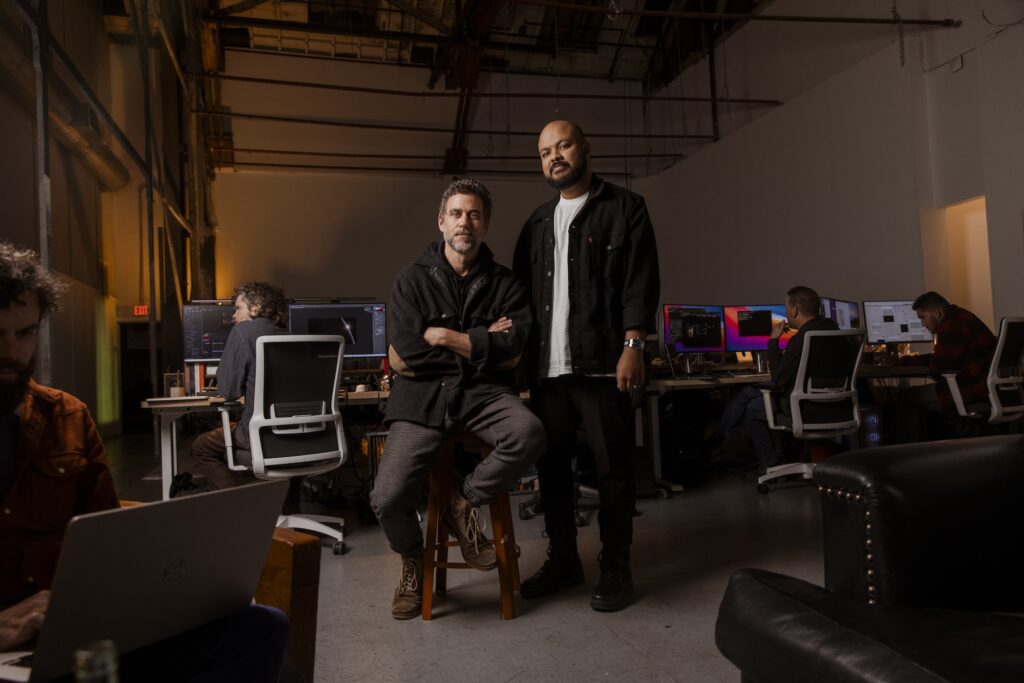
Asteria Founder, Bryn Mooser and Moonvalley CEO, Naeem Talukdar

